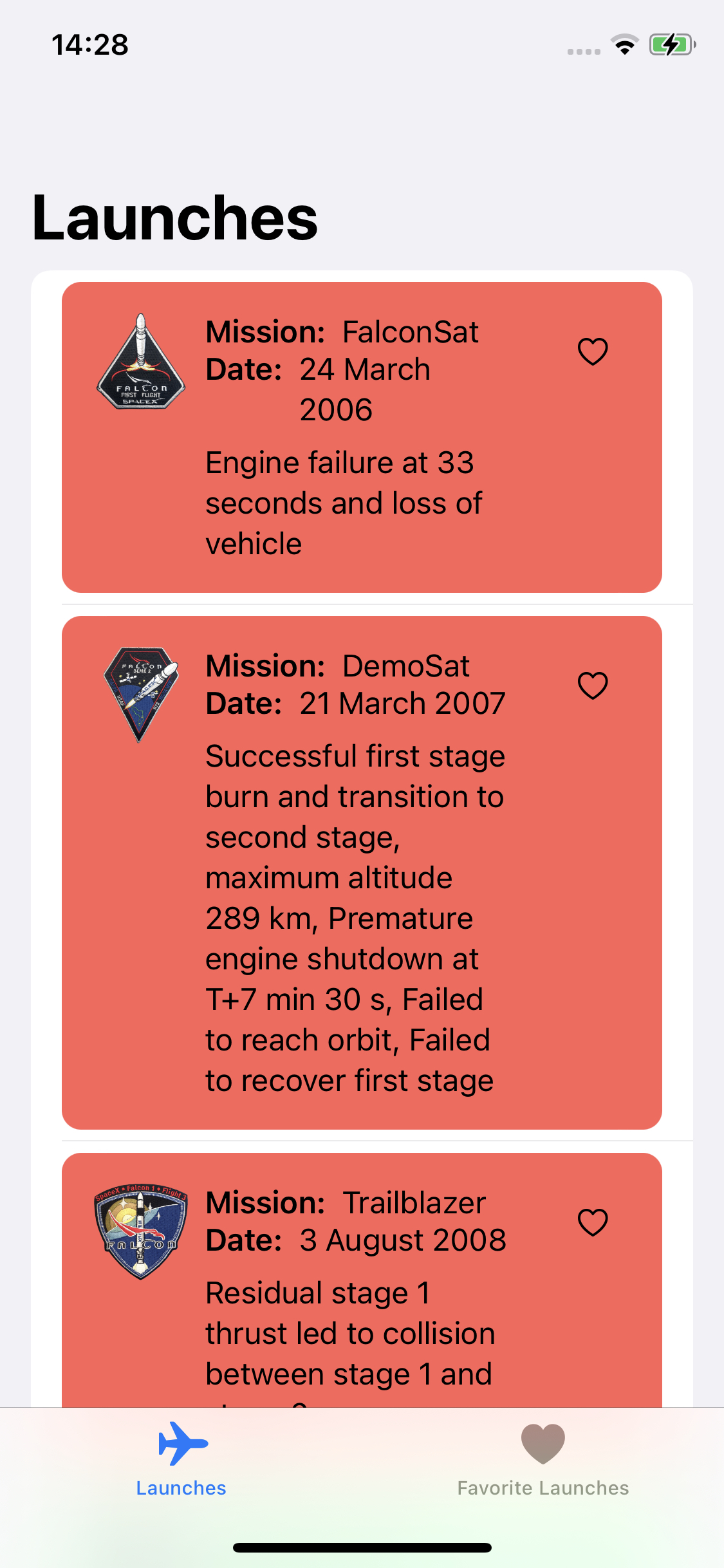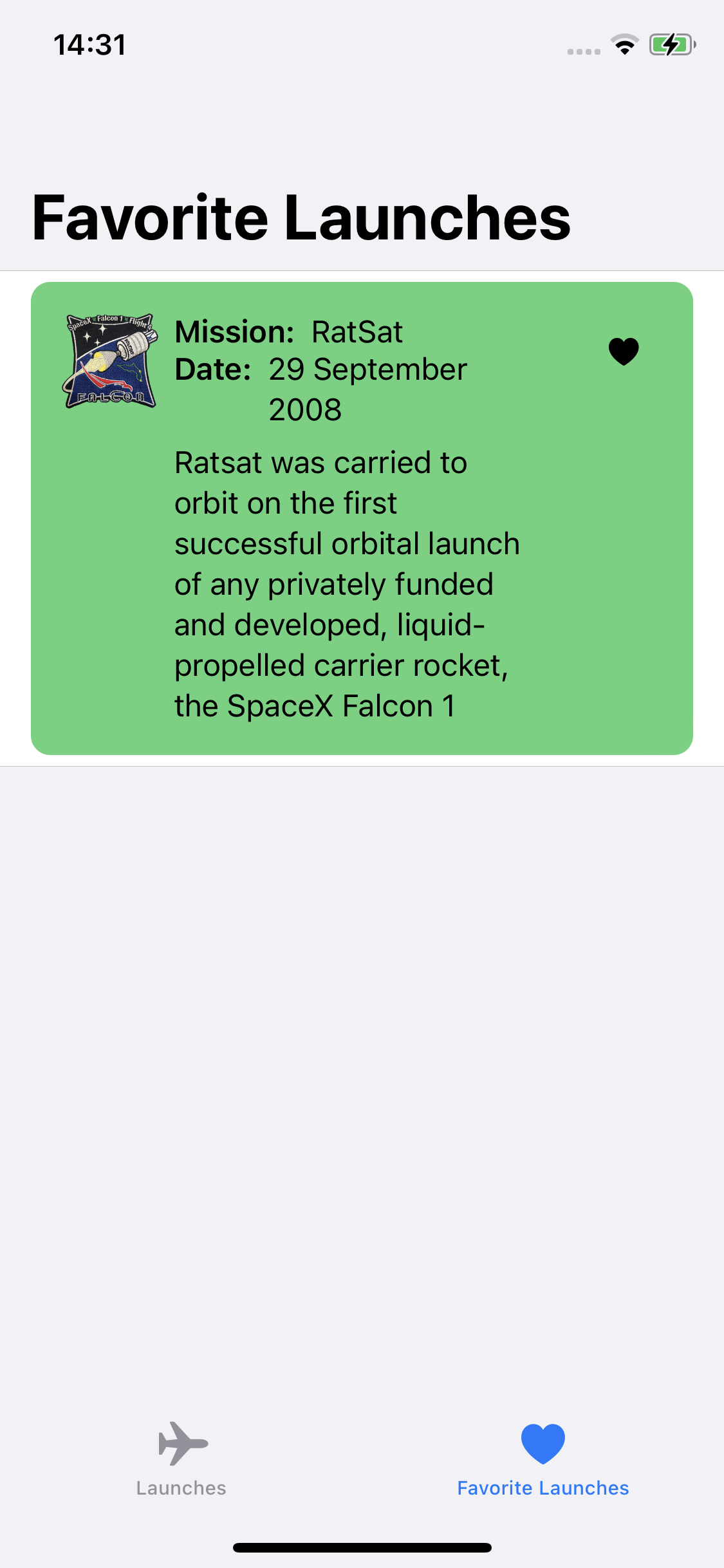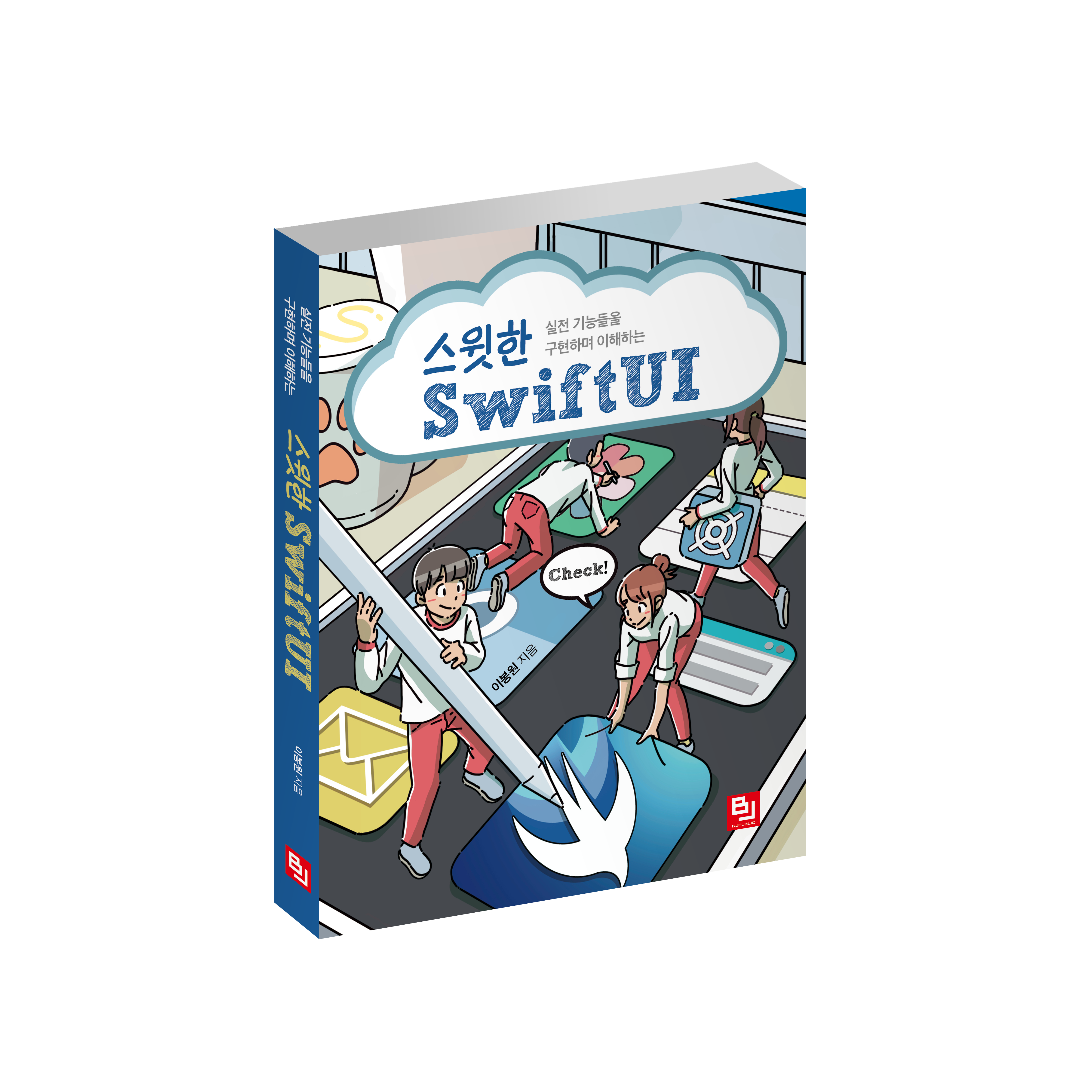spacex-tca
Hi there!
This application presents a list of SpaceX launches and it was architected using The Composable Architecture. It was built as a proof-of-concept to demonstrate how The Composable architecture works and how it can be applied to SwiftUI projects.
It serves as the base of the writing of the blog post "A Tour of The Composable Architecture with the SpaceX API
This application explores an open source SpaceX API
This is how the application looks like:
Exploring the Composable Architecture
TCA focuses on different aspects around developing applications of different size and complexity. It offers concepts to solve various problems, including:
- State management: Each app consists of some sort of state. TCA offers a concept to manage and share state.
- Composition: This enables you to develop smaller features in isolation and compose them together to form the whole app.
- Side effects: These are often hard to understand and test. TCA tries to change this by defining a way to handle them.
- Testing: This is always important and TCA makes it easy to accomplish.
- Ergonomics: A framework is available that provides a convenient API to implement all components.
Understanding the Components of TCA
An application built with TCA consists of five main components that help to model your app:
- State: Often, a collection of properties represents the state of an app or a feature spread over many classes. TCA places all relevant properties together in a single type.
- Actions: An enumeration including cases for all events that can occur in your app, e.g., when a user taps a button, when a timer fires or an API request returns.
- Environment: A type wrapping all dependencies of your app or feature. For example, these can be API clients with asynchronous methods.
- Reducer: A function that uses a given action to transform the current state to the next state.
- Store: A place your UI observes for changes and where you send actions. Based on these actions, it runs reducers.





